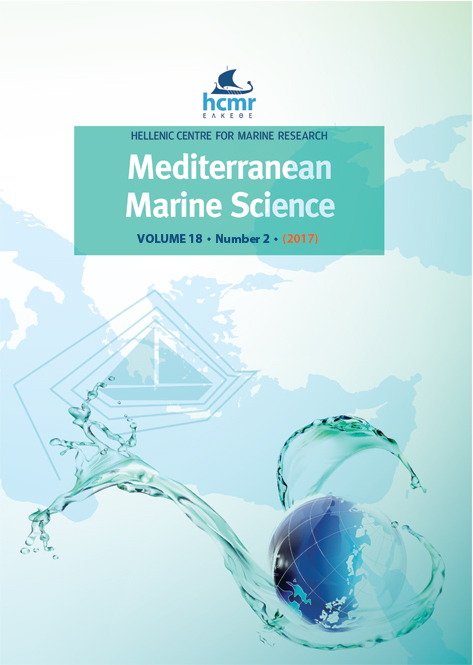On the role of turf species as refuge in disturbed environments: A case study with polychaetes (Annelida: Polychaeta) in SW Mediterranean Sea

Abstract
During the summer of 2014, a field survey was conducted in several littoral rocky sites on the southeastern coast of Spain. In this area, dense canopies of Cystoseira mediterranea characterize undisturbed locations and cover most of the available infralittoral fringe. Turfs composed mainly of the coralline algae Ellisolandia elongata replace the canopy in locations where some kind of anthropogenic disturbance has occurred. The main goal of this study was to compare the polychaete fauna dwelling within the two types of phytal substratum, and several univariate and multivariate analyses were performed to detect significant differences between the two assemblages. The analyses showed that the assemblage inhabiting E. elongata was characterized by a higher population density of polychaetes and was dominated by herbivores and filter-feeders, especially Fabricia stellaris and Amphiglena mediterranea. Polychaetes were less abundant in pristine sites covered by Cystoseira mediterranea, although a-diversity was slightly higher. This assemblage was characterized by a predominance of omnivores followed by herbivores, and by high relative abundances of Syllis prolifera and Salvatoria clavata. However, none of the detected differences was statistically significant and site to site comparison showed that differences between locations with the same phytal cover were similarly deep. Our data point out that the assemblage inhabiting turf algae in the region studied is not substantially different to that found in pristine areas and that this type of phytal covering can act as effective refuge for polychaetes under moderately disturbed condition.
Article Details
- How to Cite
-
MELERO, I., LÓPEZ-VELASCO, S., & LÓPEZ, E. (2017). On the role of turf species as refuge in disturbed environments: A case study with polychaetes (Annelida: Polychaeta) in SW Mediterranean Sea. Mediterranean Marine Science, 18(2), 229–240. https://doi.org/10.12681/mms.2050
- Issue
- Vol. 18 No. 2 (2017)
- Section
- Research Article
Authors who publish with this journal agree to the following terms:
- Authors retain copyright and grant the journal right of first publication with the work simultaneously licensed under a Creative Commons Attribution Non-Commercial License that allows others to share the work with an acknowledgement of the work's authorship and initial publication in this journal.
- Authors are able to enter into separate, additional contractual arrangements for the non-exclusive distribution of the journal's published version of the work (e.g. post it to an institutional repository or publish it in a book), with an acknowledgement of its initial publication in this journal.
- Authors are permitted and encouraged to post their work online (preferably in institutional repositories or on their website) prior to and during the submission process, as it can lead to productive exchanges, as well as earlier and greater citation of published work (See The Effect of Open Access).




